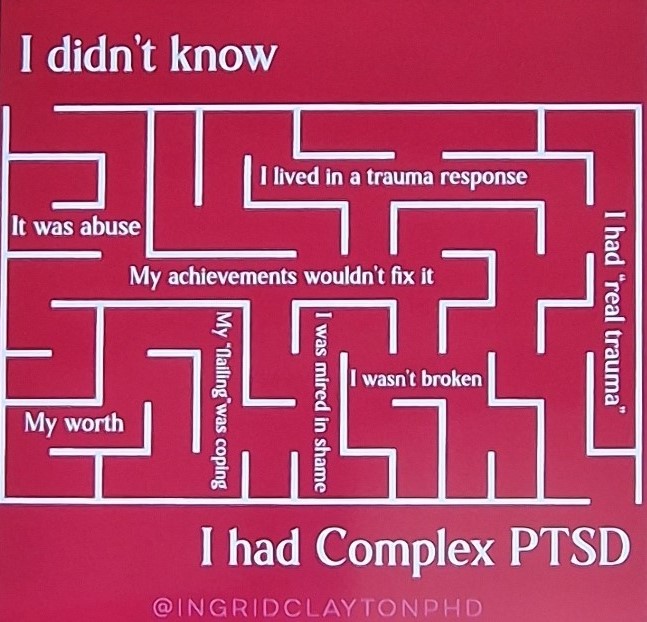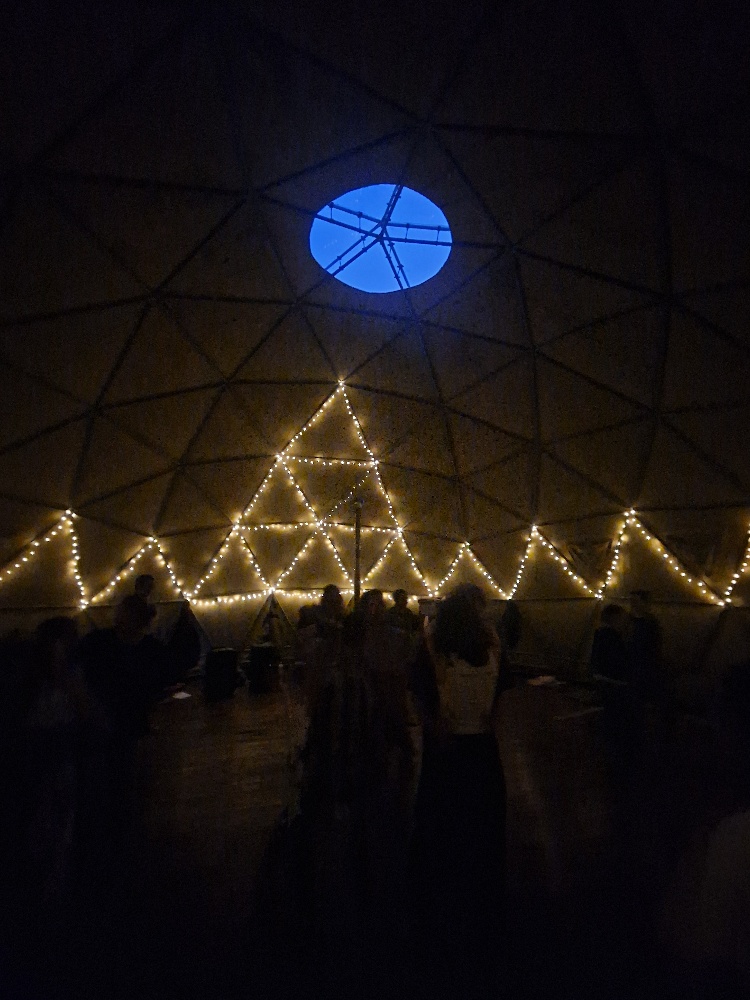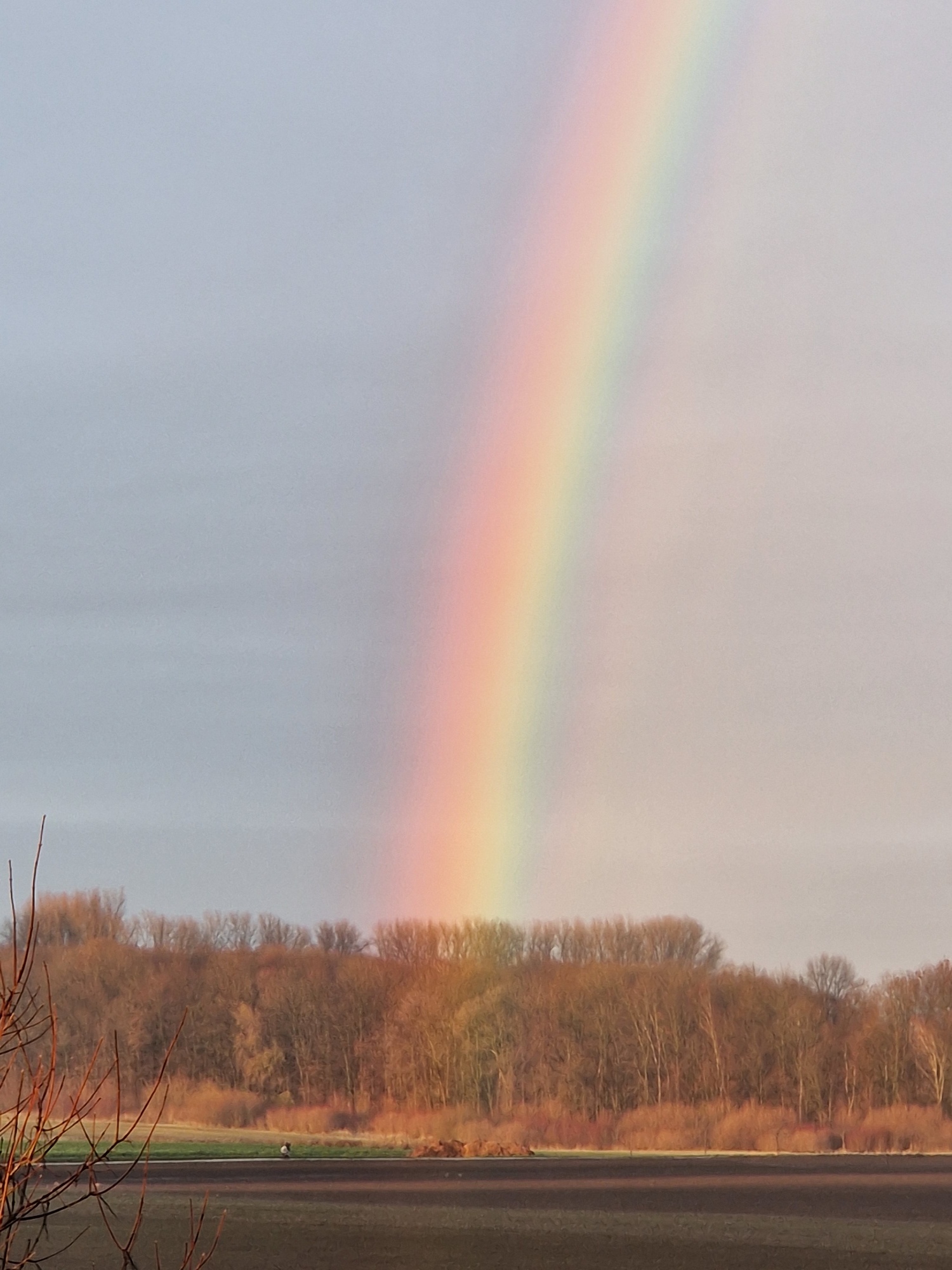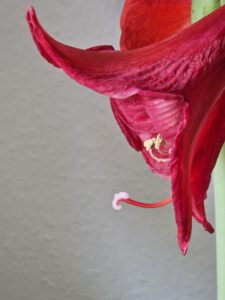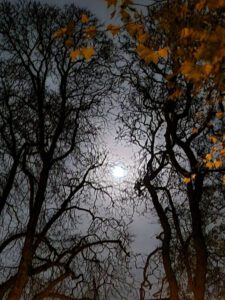No problem is ever solved in the same consciousness that was used to create it.
Albert Einstein
Never doubt that a small group of thoughtful, committed citizens can change the world; indeed, it’s the only thing that ever has.
Margaret Mead
If you want to go fast, go alone.
If you want to go far, go together.
African Proverb
However, community is first of all a quality of the heart. It grows from the spiritual knowledge that we are alive not for ourselves but for one another. Community is the fruit of our capacity to make the interests of others more important than our own. The question, therefore, is not „How can we make community?“ but „How can we develop and nurture giving hearts?“
Henri Nouwen
Encouraged by my dear brother Chris to explore the life and work of Henri Nouwen, I stumbled upon an extraordinary talk he gave in 1994, two years before his death. In this talk he elaborates on what he considers to be the three disciplines necessary to establish and maintain contact with our conception of the higher universal energies; the Great Spirit, Gaia, God, or whatever name you wish to give it. These disciplines he identifies as: Solitude, Community, and Service.
This talk resonated with me to such a degree that I would like, as an imperfect being walking the path in a community of conscious recovery, to share my experience of these three disciplines.
Let’s start with solitude. Where is my solitude? Where can „self“ enter into a dialogue with „Self“? Where am I alone with the energies beyond those of my ego and the monkey mind? Where can we get in touch with the unconscious conditioning where all our wounds and defence mechanisms lie?
Life is so full of alluring activities which draw us away from ourselves, into a vortex of constant `busyness´.
Early in life, childhood adversity draws many of us away from our true selves which we abandon in favour of a false self we believe will get us the emotional nourishment which had thus far remained elusive and which we so dearly yearned and needed.
The lure of distraction also soon arises. With respect to our everyday social interactions, I recently came across the term: „Weapons of Mass Distraction“ (WMD), which is an excellent way of putting it. The holy grail of our consumer society is to find „out there“ the solution to fix the wounds „in here“.
When we experience, again and again, the bankruptcy of this approach, we often become even more determined to do more of the same, in the futile hope that it will eventually work. It is, after all, only from the inside that the hamster wheel looks like a ladder which will take us to higher places.
Finally, there is our incessant thinking, often in the form of fretting, rumination, or excitement which can take us down the rabbit holes of threats and joys, real or imagined.
In order to become open to receiving wisdom, I have found the need to actively cultivate a practice of sitting or moving in silence for several periods throughout the day. Though generally referred to as meditation, other labels have become popular in recent times. These include mindfulness or awareness practice.
Regardless of the labels, such practices represent a circuit-breaker for the busyness, distraction, and the endless stream of „stinking thinking“ in which most of us engage. They can be used to bring our consciousness into the present moment, again and again, by focusing on body sensations, our true place in the natural world, inner or outer sensual stimulation, or the silent repetition of a few syllables, so-called mantras.
My own adverse childhood experiences (ACE) have predisposed me to behaviours and thinking patterns which are clearly no longer healthy or useful to me now. These originated in and are still driven by fear. In childhood, the fear was well-founded, because my adult caregivers were unfortunately unable to give me the basic emotional nourishment that every infant needs, just as much as water and oxygen.
One example is a strategy developed in early years whereby I learned to scan a room to establish what would probably endear me most to those present, usually adult carers and older siblings. I honed this skill to an uncanny degree of precision and was then able to shape my behaviour in the way that appeared to be most favourable to my well-being. In this process, I never got to know the real me.
The attention I garnered hereby was, however, a poor substitute for the loving kindness which most healthy parents can and willingly do show their children.
As you can imagine, this skill set can be of great value, even today, as a parent or as a coach, for example, in the practice of listening and empathising with others, and in my own inner work of re-parenting the inner child. However, if my behaviour is driven by forces which remain in the unseen, manifested unconsciously or even compulsively, I become a chameleon, causing only further confusion, disharmony, and suffering to self and others.
The point here is that these behavioural patterns and belief systems, which make up my default operating programme, are a bit like the pebble-covered bed of a lake. They can be seen and identified for what they truly are only when the water is still, and we are willing to look.
Without the calming of the waters, everything remains a murky mess, which interestingly, mirrors the confusion I had regularly felt before beginning the work of identifying and working through such old patterns, a process referred to as „emotional sobriety“. Solitude therefore is a key element in the process of healing and growing.
In solitude, I realise how wounded I am. How much grief I carry. How guilty I feel. How anxious I am.
We can choose to cave into our fears and push them away, – a very understandable reaction,- or we can befriend the losses, embracing them in the recognition of: „Yes, this is me!“
Solitude prepares the ground for a time and a place of mourning; for grieving, for hurting, for tears, so that I can learn to embrace my burdens, my wounds.
Paradoxically, the eye of the storm of solitude is a place of dancing, a place of joy, a place of peace, a place of love, a place of healing. That does not become immediately apparent, however. We need to bring an initial investment to the process which, at times, can look like it may lead only to more woundedness. That requires courage and faith.
„The cave we fear to enter holds the treasures that we seek,“ as Joseph Campbell so eloquently put it.
Once our capacity for calm has developed, there then occurs a shift whereby we recognise that a series of apparent opposites are simply two sides of one coin. Sorrow and joy. Gladness and sadness. Anguish and peace. The gift of true joy reveals itself as hidden in my soul. That is the quality of solitude.
The Saboteur voices within my mind, telling me I am not good enough, are displaced by a clear inner voice arising from the calm depths: „You are my beloved. On you my favour rests“. As Meister Eckhard put it so beautifully: „God is at home, it is we who have gone out for a walk“.
We need to hear and learn to believe the voice that tells us we are the beloved children of the Great Spirit. That we were loved long before we were born into this world, before we were loved and wounded by others. Our pain comes from the people who loved us. No human being can love another human being without wounding that person too. Freedom is the ability to hear that voice, that tells us that we are beloved before, throughout, and after this incarnation.
The next key to liberation comes from community. My childhood experience led me to believe that I was the only one who was somehow defective, who didn’t belong, and was destined for a life of alienation. It also convinced me that I was to blame for this.
However, as in the story of the Emperor’s New Clothes, we make the wonderful discovery that many, many others have had experiences like ours. They, too, had developed the kind of perception disorder from which we had so long suffered, yet, through recovery, become empowered to debunk long-held lies and jettison those things which were no longer of service.
Where is my community, your community? Family, friends, fellows? The people that I call around myself, that care for me and who form a home for me? Where am I caring for others, serving others? Carrying the message of hope and healing?
Community is, in essence, solitude greeting solitude. The Great Spirit in me speaking to the Great Spirit in you. This is in stark contrast to the neediness of „I want you to take my loneliness away“, which is at the core of today’s popular culture and entertainment industry. Society promises a quick fix, which not only always turns out to be inoperable but generally leads to the further atrophy of our capacity for true intimacy.
To be in community means to build a home around the essence that rests at the core of each of us. This beautiful translation of the Sanskrit term „Namaste“ expresses it best: „I honour the place within you where the entire Universe resides; I honour the place within you of love, of light, of truth, and of peace; I honour the place within you, where, when you are in that place in you, and I am in that place in me, there is only one of us“.
This then makes room for forgiveness. Please forgive me for not being the solution to all your pain. I wish I could give you what you want, but I can’t. As a human being, I have only limited love to give. And I have my own needs and burdens.
Community then becomes a place of forgiveness and celebration. The place where the person lives that you least want to live with. We hand each other over to suffering. You are now my Jedi Trainer in becoming the best possible version of myself.
Conversely, I need to forgive you for not being God, for not providing me the pure or perfect (divine) love I yearn. Every human being disappoints me, does not fulfil my heart’s desire. My desire outstrips your human capacity for love.
Celebration is where we can give and receive each others’ gifts. I discover my gifts when others receive them. I discover my beauty in the eyes of the receiver.
There are those who are so deeply wounded that they cannot genuinely partake of this exchange. They are still driven by forces unseen. So, learning to draw healthy boundaries is indispensable.
The more trauma informed our communities become, the more we will achieve our true potential for healing. I have just spent the past 5 days in London attending the first ever „Recovery Reimagined Conference“ organised by the Friendly Circle Berlin, a group focussed on Emotional Sobriety.
People came from all over the world to share experience, strength, and hope with respect to achieving emotional sobriety by enriching the original play book of Twelve Step Recovery, published in 1939, with the many insights and discoveries gained in the meantime by courageous human endeavour and exploration in fields such a neuroscience, genetics, behavioural science, performance psychology, trauma, and new healing modalities. I returned home today strengthened in my conviction that we indeed live in a Golden Age of Recovery, both individual and collective.
Service comprises doing the inner work of recovery and then sharing what we have found with others, that they, too, may blossom in full potential. This is called „carrying the message“. Service is a place of compassion and fruitfulness. It is sitting with self and with others in compassion, even when we cannot fix the problem.
Competition is the trademark of our ailing society, a manifestation of the collective addictive dynamic. It says that the joy of my life is that I am not like you! Therefore, I feel good about my self.
Over the ages, saints, mystics, and prophets have shown us that joy is not rooted in competition but in compassion. Not where we are different but where we are alike. To be of service is to claim my fruitfulness and to help others claim theirs. Fruitfulness is not to be confused with success or productivity.
Success seems to spring from power. Fruitfulness springs from vulnerability. The fruit of sharing our vulnerability is peace and joy. A life that bears fruit is sanctity manifested. The fruit then becomes the sharing of the Spirit over generations. By encouraging others, we ourselves grow in encouragement.
Solitude, Community, and Service. That is how we make space for „that which is both within and beyond human“, the sacred centre. Here we encounter the Great Spirit who speaks to us in solitude, who is present when we forgive one another and celebrate life, and who heals the wounds within us when we touch other people and other people touch us, in the trust that our life will bear fruit.

